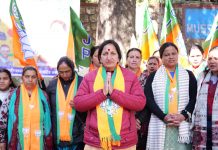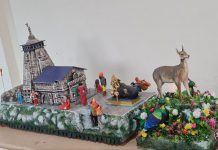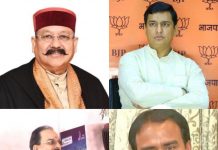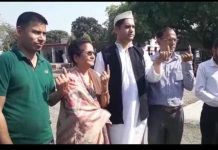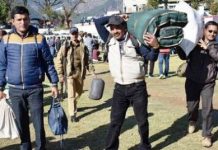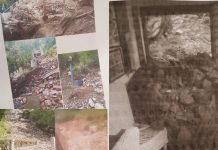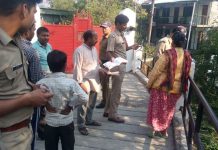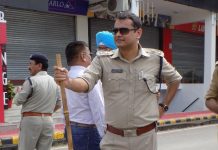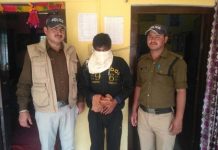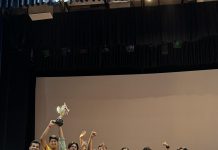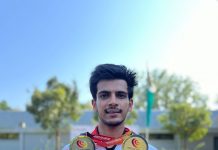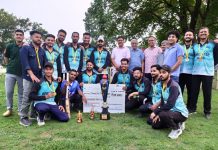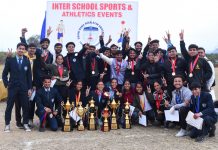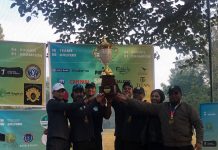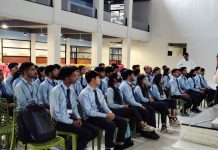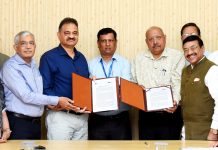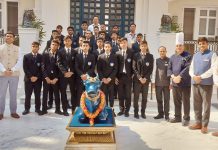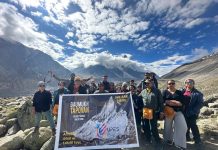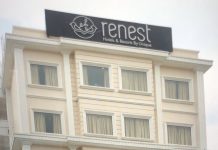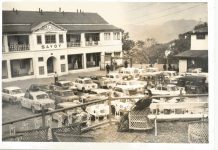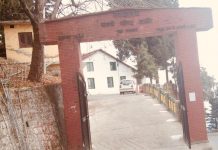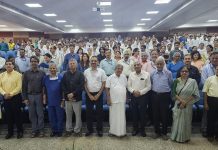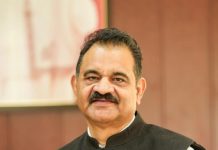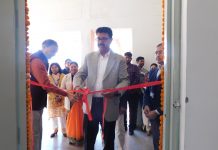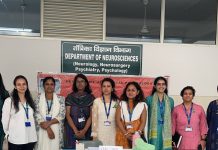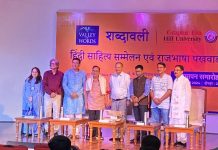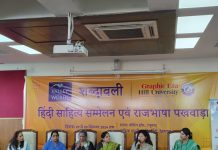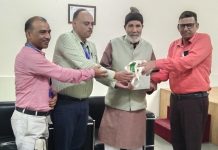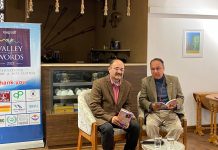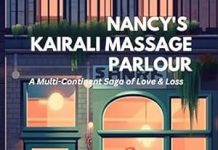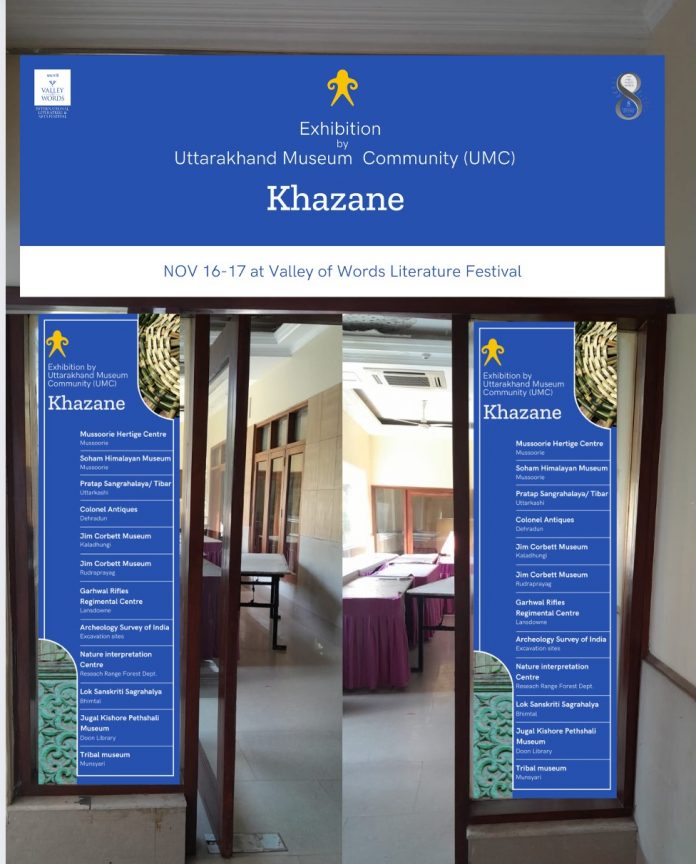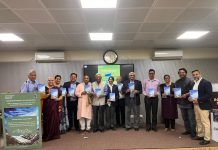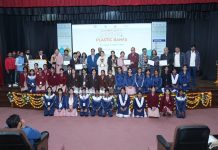Dr Tania Saili Bakshi caught up with Anjali Bharthari Ravi Co-convenor, INTACH and Curator of Khazane: Uttarakhand Museum Community@VoW, 2024. There will be ten exhibits on display showcasing Uttarakhand’s treasure trove on 16th-17th November at Madhuban Hotel, Dehradun.
How relevant are museums in today’s day and age?
AB: Museum spaces are not just about preserving what happened in the past, but it is also about educating the next generation and learning from them. As was seen during COVID, museums assisted in rebuilding relationships, fostering understanding and building companionship amongst people.
Why this exhibit at the 8th Edition of VoW?
AB: As a museum professional I had been exploring the museums in Uttarakhand and decided to form a collective for their capacity-building under the ageis of INTACH. The complimentary space provided by Vow as a member of INTACH and also keeping in mind the footfall it attracts gave me the opportunity to bring to forefront this collective of small museums as a window to the rich cultural heritage of the state.
There is so much to choose from, what could one expect from Nature Interpretation Centre, Forest Department and Archaeology Survey of India?
AB: The Nature Education Centres by the forest department across Uttarakhand are a hub of learning and discovery, offering a range of immersive experiences designed to engage students in the wonders of nature. These centres are dedicated to the conservation of orchids, herbs, lichens, mosses, ferns, birds, butterflies, polinators etc. and help students to explore and understand these species.
The Archaeological Survey of India is depicting their various excavation sites, where we get a glimpse into the past and how relevant it is today.
I believe there is an exhibition from Uttarakashi, what is that about?
AB: The Pratap Museum from Uttarkashi is a wonderful example of an individual, a retired school teacher, Pratap Singh Bist ji, who has invested his own resources in setting up a museum on the cultural heritage of the hill state. His passion to preserve this heritage remains unparalleled. He interacts with the visitors himself painstakingly shows them every small artefact that he has collected over the years. This also rings true for all the other museums. They are essentially individual efforts of collection and representation of the rich cultural legacy of the state.
What is the speciality of Soham Himalayan Museum, Mussoorie?
AB: Soham Himalayan museum is again a repository of collections of Sameer Shukla who has travelled extensively in the Himalayas and collected art and artefacts from the Himalayas and showcases them in a creative way. Some of his artefacts are really unique and the product development that he has done at the museum and the creative way that he has presented his museum is really worth visiting.
We have a very interesting Lok Sanskriti Sangrahalay from Bhimtal, what makes it stand out?
AB: This private museum was founded by Padma Shree Dr.Yashodhar Mathpal in 1983. It presents valuable artefacts and is a treasure trove of old photographs and various archaeological items and rock art found in the hill-state of Uttarakhand.
There is a special display of World War II I am told, can you shed more light?
AB: The Colonel Antiques has been curated by an avid philatelist, Col Anupam Suden who forayed into collecting antiques in 2012. He specialises in collecting Militaria and has built up a collection of some rare Military items that were used during WWI and WWII. He will display roller ball pens, ball point pens, pencils, bronze or bone tools, quills etc in sync with the written word.
What about Mussoorie Heritage Centre?
AB: Museums are very relevant in today’s times especially when a lot of frequent and fast changes are happening around us. They not only are a repository of the past, but also lay the path for the preservation and conservation of our heritage. Mussoorie Heritage Centre fits the bill. It is housed in a Heritage building previously owned by Raja of Harsil Pahari Frederick Wilson. This Centre, owned by one of the oldest families of Mussoorie, is dedicated to Archival, Research, Documentation, Curation , Craft and Design development which showcases the erstwhile history of Mussoorie.
There are two museum exhibits dedicated to Jim Corbett, what is the difference between the two?
AB: The Jim Corbett Museum at Kaladungi is the residence of Jim Corbett converted into a museum in 1967-68. It is adjacent to the village of Chhoti Haldwani. The more recent museum dedicated to Jim Corbett is the one at Rudraprayag that was inaugurated a few months back. It is located at the very same spot where Jim Corbett shot the ‘Man-eater of Rudraprayag’ in 1926. There will also be an on-screen exhibit of videos of the museums for visitors to watch.
Garhwal Rifle Regimental Centre, Landsdowne, is this one dedicated to the Regiment?
AB: Yes, Lansdowne, originally known as Kaludanda or Kalondanda, became home to ‘The Garhwalis’ in 1887. The First Battalion of The Garhwal Rifles, after being raised in Almora, reached Kaludanda on 04 November 1887. On 21 September 1890, the cantonment was renamed Lansdowne in honour of the then Viceroy of India, Lord Lansdowne.
On 1 October 1921, the Garhwal Rifles Regiment Centre was established, marking the beginning of a long and proud history. The Garhwal Rifles is one of the most decorated regiments’ of the Indian Army. The regiment has 3 Victoria Crosses to its credit along with 1 Ashoka Chakra, 4 Maha Vir Chakras, 10 Kirti Chakras and 43 Vir Chakras. The Regiment Centre has achieved numerous milestones in its illustrious journey in training of recruits and combatants, welfare of Veer Naris and veterans and taking the rich traditions forward.
There will also be an on-screen exhibit of the Rung Museum ,Dharchula, Tribal Heritage Museum, Munsayari and Jugal Kishore Pethshali Museum for visitors to watch.
Signing off Anjali reiterates, “The inclusion of the word the ‘community’ in the Uttarakhand museum community is with the mandate of making museums peoples’ museum, were communities can come together to tell stories and relate with one another. It is here where museums become story-tellers of the society.”
Do visit us on 16-17 November, 2024 at Madhuban Hotel.

